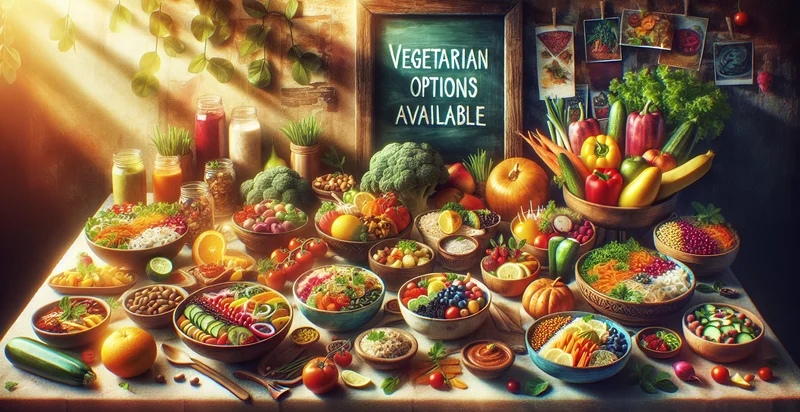Identify food options
using AI
Below is a free classifier to identify food options. Just input your text, and our AI will predict what food options are most suitable for your dietary preferences - in just seconds.

Contact us for API access
Or, use Nyckel to build highly-accurate custom classifiers in just minutes. No PhD required.
Get started
import nyckel
credentials = nyckel.Credentials("YOUR_CLIENT_ID", "YOUR_CLIENT_SECRET")
nyckel.invoke("food-options", "your_text_here", credentials)
fetch('https://www.nyckel.com/v1/functions/food-options/invoke', {
method: 'POST',
headers: {
'Authorization': 'Bearer ' + 'YOUR_BEARER_TOKEN',
'Content-Type': 'application/json',
},
body: JSON.stringify(
{"data": "your_text_here"}
)
})
.then(response => response.json())
.then(data => console.log(data));
curl -X POST \
-H "Content-Type: application/json" \
-H "Authorization: Bearer YOUR_BEARER_TOKEN" \
-d '{"data": "your_text_here"}' \
https://www.nyckel.com/v1/functions/food-options/invoke
How this classifier works
To start, input the text that you'd like analyzed. Our AI tool will then predict what food options are most suitable for your dietary preferences.
This pretrained text model uses a Nyckel-created dataset and has 25 labels, including Bar, Bistro, Brewery, Buffet, Café, Caterer, Coffee Shop, Dessert Shop, Diner and Fast Food.
We'll also show a confidence score (the higher the number, the more confident the AI model is around what food options are most suitable for your dietary preferences).
Whether you're just curious or building food options detection into your application, we hope our classifier proves helpful.
Related Classifiers
Need to identify food options at scale?
Get API or Zapier access to this classifier for free. It's perfect for:
- Restaurant Menu Categorization: The 'food options' identifier can be utilized by restaurants to automatically categorize menu items into different types such as vegan, gluten-free, or comfort food. This automated classification helps customers find suitable dishes according to their dietary preferences quickly.
- Recipe Recommendation Engine: Food bloggers and cooking apps can integrate the identifier to filter and suggest recipes based on the types of ingredients or dishes users are looking for. With enhanced categorization, users can discover new recipes that align with specific themes, such as healthy meals or quick snacks.
- Food Delivery Service Optimization: Food delivery platforms can use the identifier to streamline their listings and improve search functionality. By ensuring accurate categorization of food options, users will have a better experience finding meals that fit their cravings and dietary needs.
- Nutritional Tracking Apps: Health-focused applications can incorporate the identifier to help users categorize food items based on nutritional content. This can facilitate more accurate tracking of calorie intake and dietary habits, assisting users in meeting their wellness goals.
- Market Research and Trend Analysis: Food companies and market researchers can leverage the identifier to analyze consumer preferences across various food categories. This insight helps brands adapt their product offerings and marketing strategies based on emerging food trends identified from large datasets.
- Food-Safety Compliance Monitoring: Food manufacturers can use the identifier to ensure that products meet safety regulations by categorizing items accurately. This classification process aids in swiftly identifying potentially hazardous food options and addressing compliance issues.
- Personalized Marketing Campaigns: Brands can implement the identifier within their CRM systems to segment customer data effectively. By categorizing food preferences, companies can target marketing campaigns more effectively, leading to increased engagement and promotion of relevant food products.


